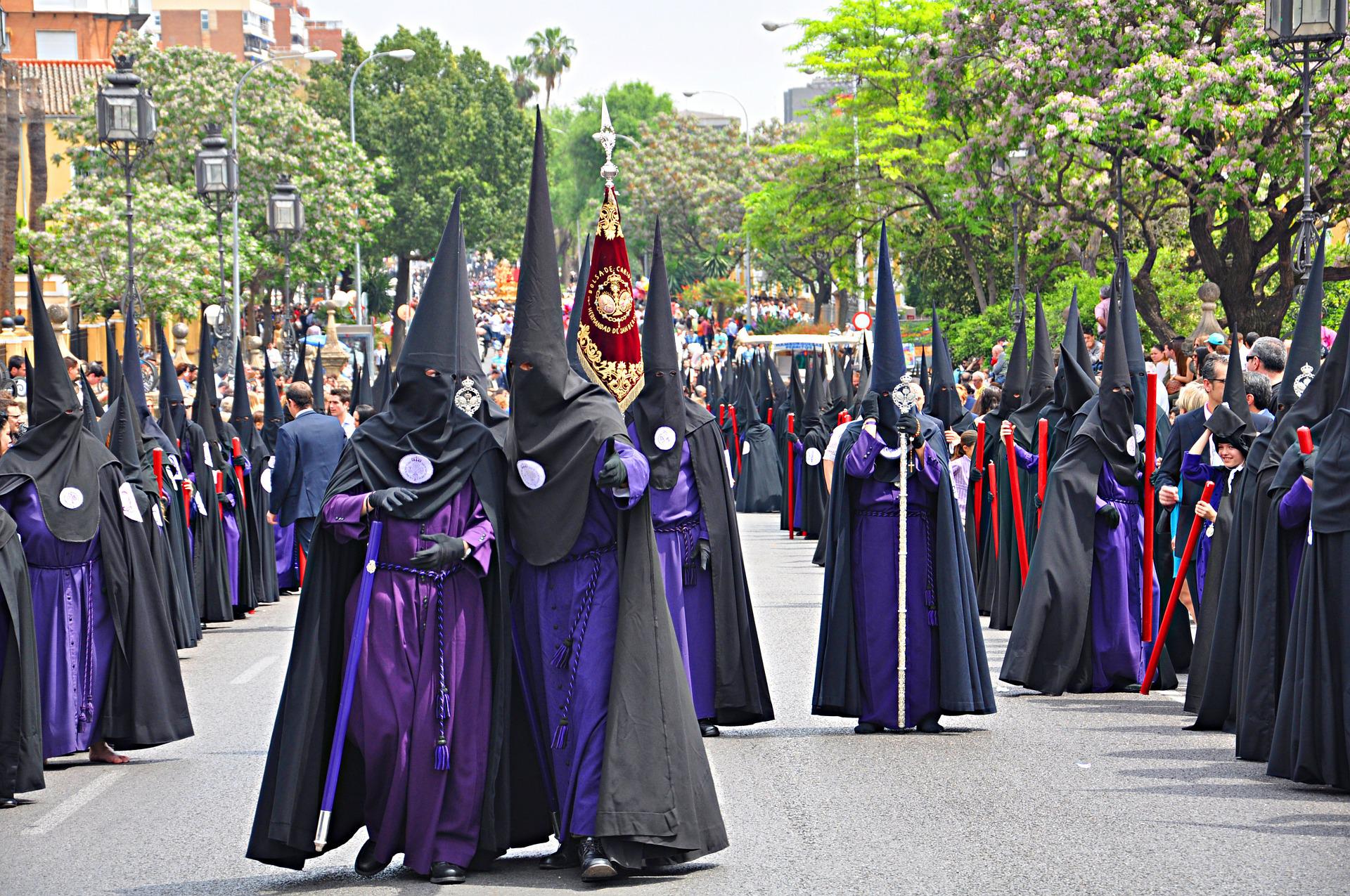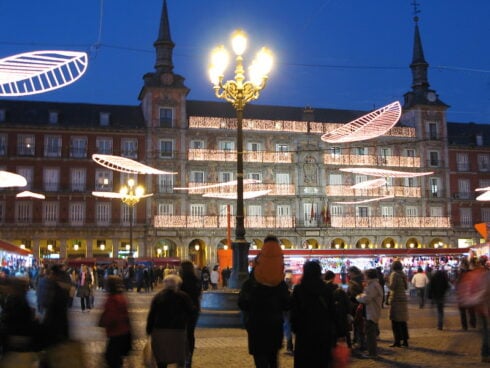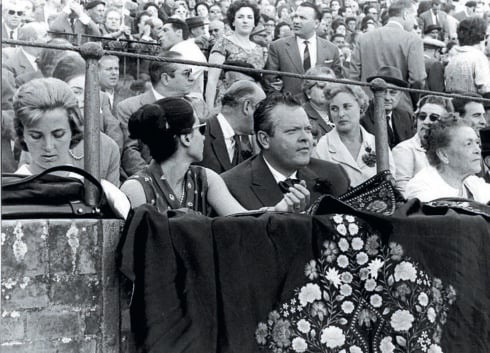SEMANA Santa (Holy Week) is celebrated with great passion throughout Spain. Between April 2 and Easter Sunday on April 9, you can expect multiple processions day and night in the bigger towns and cities.
The floats (pasos) carrying saints, candles and flowers are carried through the streets on the shoulders of men, preceded by the clergy and followed by a cloud of incense, a band or drummers, and penitents.
Biblical events are commemorated with great fervour in even the smallest of villages. But there are some places where the local population goes the extra mile, adding a personal touch or a twist on the Easter theme.
Here are some of Spain’s more unusual Semana Santa celebrations:
Procession of the Drunken Mobs, Cuenca (Castilla-La Mancha)
THIS procession reenacts the mockery that Jesus Christ was subjected to while dragging his crucifixion cross to Mount Calvary. The march gets under way at dawn on Good Friday, when ‘the mobs’ respectfully stage the ridicule of Christ to the sound of out-of-tune drums and trumpets while drinking resoli, the typical drink of Cuenca.
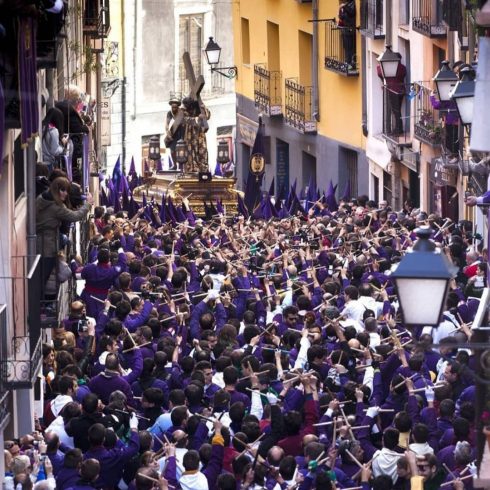
Descent of the Angel, Aranda de Duero (Burgos)
ON Easter Sunday, they stage the appearance of the angel who announced the Resurrection of Jesus to the Virgin. Using a system of pulleys, a globe – suspended from a cable – is lowered into position above a statue of the Virgin Mary, cloaked in black. To gasps and cheers from the crowd, the globe bursts apart showering confetti to reveal a small child, also dangling somewhat precariously from the cable, dressed as an angel. The angel releases two doves, swoops down and removes the cloak to signify the end of mourning, and flies up and down at quite some height.

Drumming of Hellin (Castilla-La Mancha)
MORE than 20,000 drums sound through the streets and rattle the windows of this city – and almost all week. The first drumming session takes place on Holy Wednesday and the last ones boom out on Easter Sunday. Attendees dress in black tunics with red scarves tied around their necks.
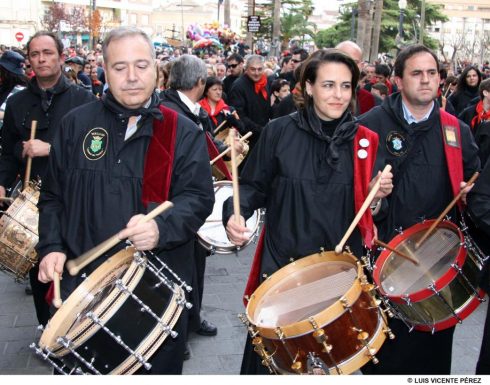
Genarin’s Burial, Leon, Castile-Leon
ONE of the most unusual traditions during Semana Santa is the pagan celebration of Genarin’s Burial. A mock funeral procession takes place in the historic centre of Leon on Holy Thursday, in honour of Genaro Blanco, a drunk known for frequenting all the brothels in the city. He was run over by a truck in 1929, and, on the first anniversary of his death, four of his friends staged the mock funeral in homage to their dearly departed party companion. Over time, it became an excuse to parody the Holy Week processions. Though subjected to censorship during Franco’s dictatorship, the tradition re-emerged in the 1970s.
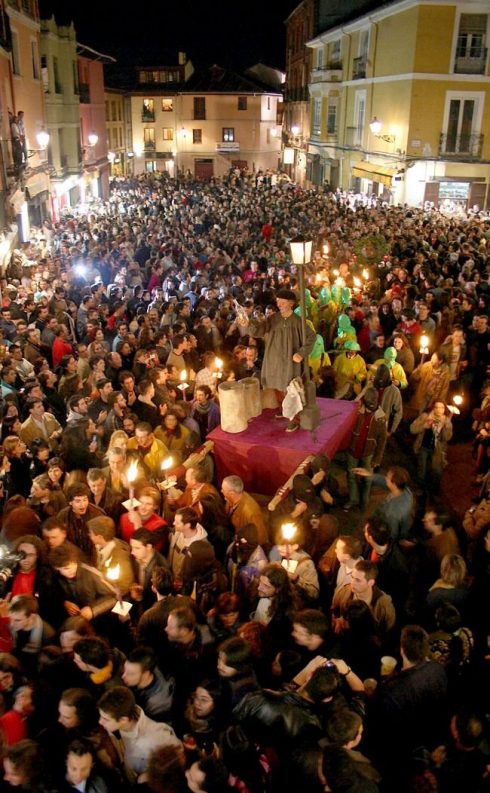
Dance of Death, Verges (Girona)
ON Maundy Tuesday, Verges lays on a Dance of Death. Two adults and three children dress up as skeletons and dance to the rhythm of drums. The origins of the tradition stem from medieval times when Christianity provided hope during the terror of the plague.
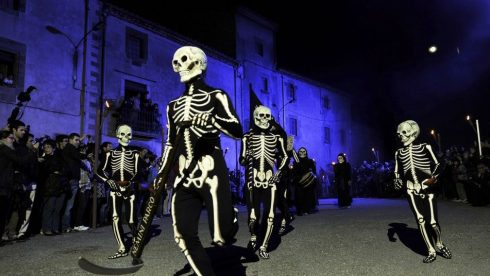
Holy Week of Ben-Hur, Lorca (Murcia)
DECLARED a Festival of International Tourist Interest in 2007, this procession is more reminiscent of a flamboyant carnival. The city’s different religious brotherhoods spend months preparing floats for what has become something of a competition. Marc Anthony, Nero and Cleopatra are among some of the pre-Christian characters that feature in this Easter procession.
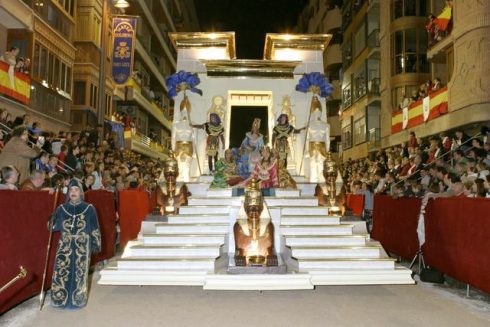
Prisoner freed, Malaga
WHEN plague broke out in 1759 prisoners rioted when they found out that Easter processions were cancelled.
In the hope they could be saved from the plague, they then forced their way out of jail and carried a statue of Jesus through the streets before returning to their cells. King Carlos III was so impressed by their piety that from that day on he declared a prisoner should be set free in Malaga every Easter, so long as they had not been convicted of violence or corruption. The tradition lives on to this day.
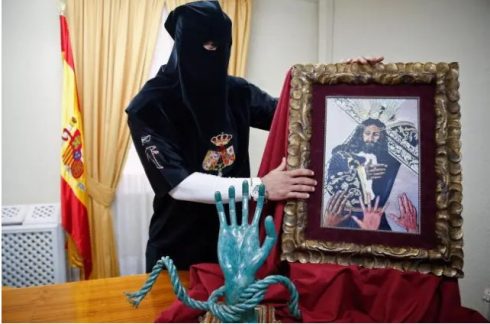
Seaborne Jesus, Alicante
Easter celebrations in Alicante have a maritime flavour starting with the figure of Christ of the Sea coming into harbour aboard a boat, accompanied by port police.
Another unusual event is the Last Supper, where a monumental float requiring nearly 200 bearers is paraded through the streets.
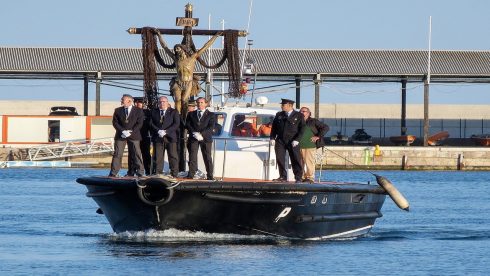
Look out below, Valencia
On Easter Saturday Valencianos like to make a noise. They celebrate Christ’s Resurrection with fireworks at midnight but they are not noisy enough for the locals. They join in the noise by throwing pots and old crockery from upper floor balconies. Take an umbrella if you are visiting – water is regularly dumped on unwary visitors too.
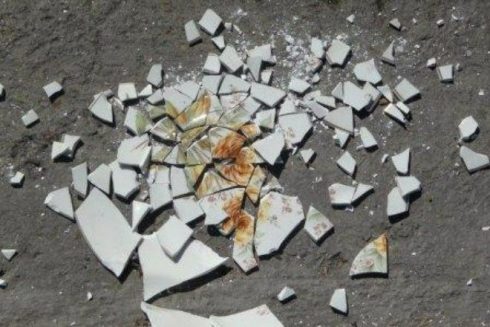
READ MORE:
EXPLAINER: Why are Spain’s Semana Santa hats conical and are they linked to the KKK?
Click here to read more La Cultura News from The Olive Press.

